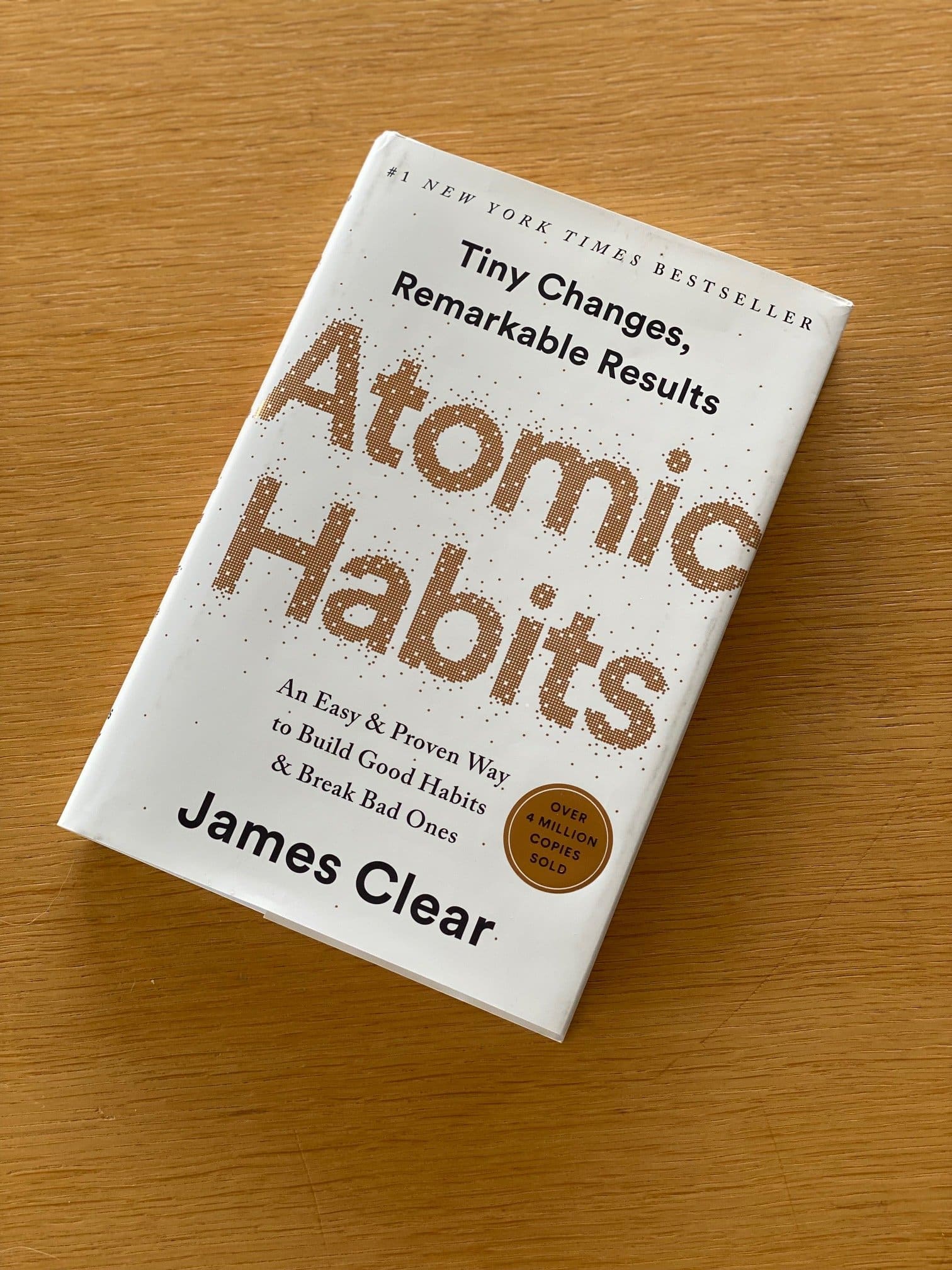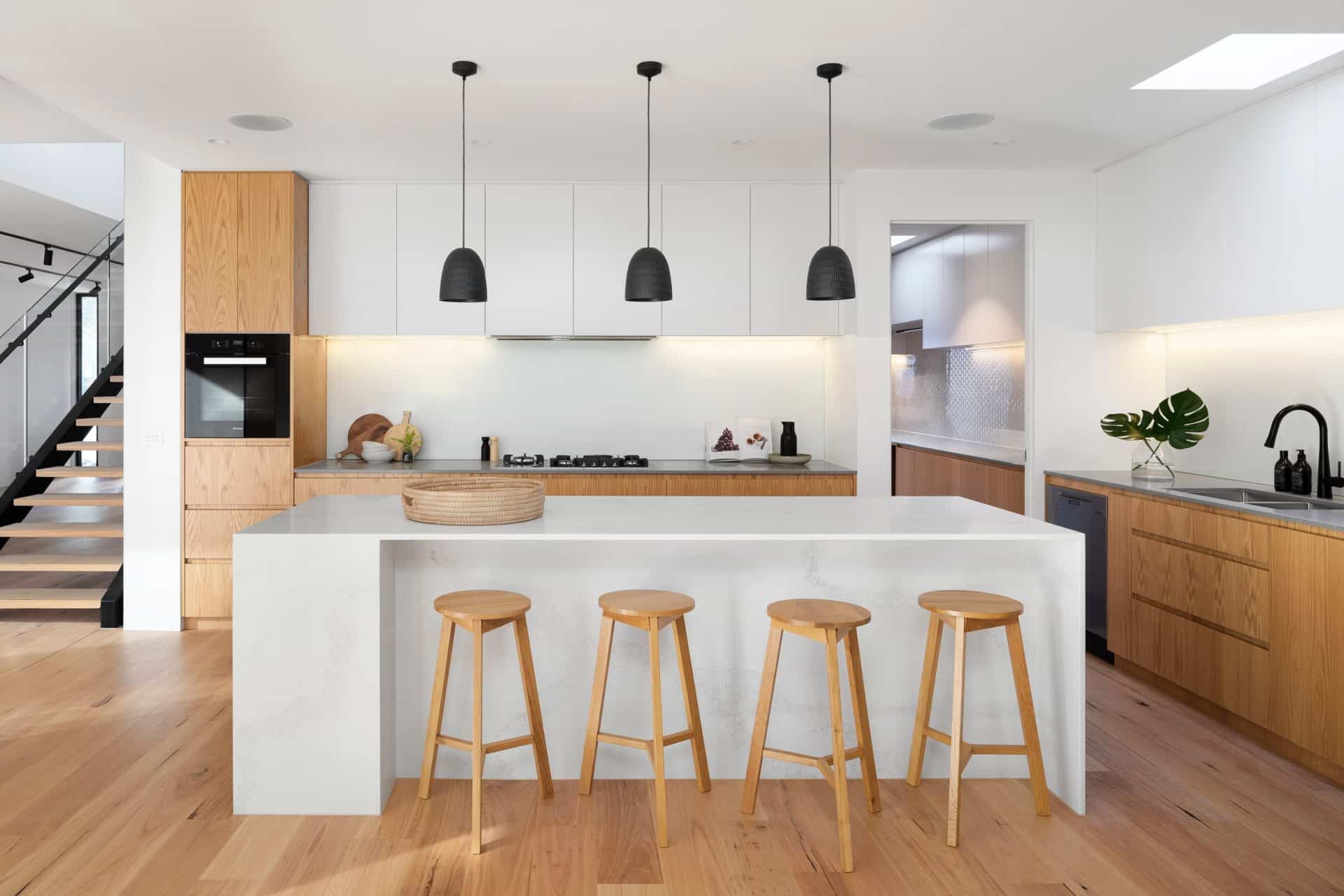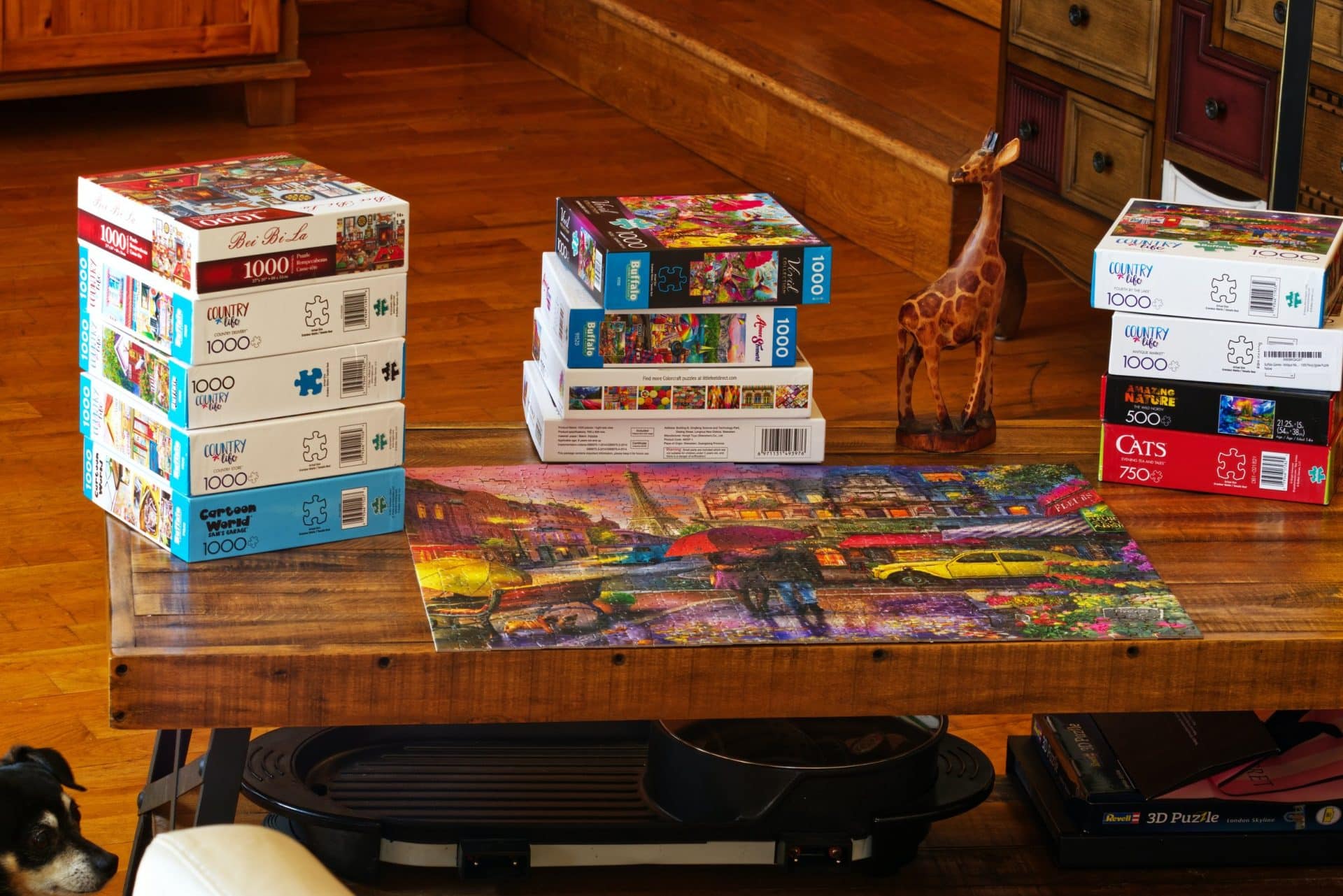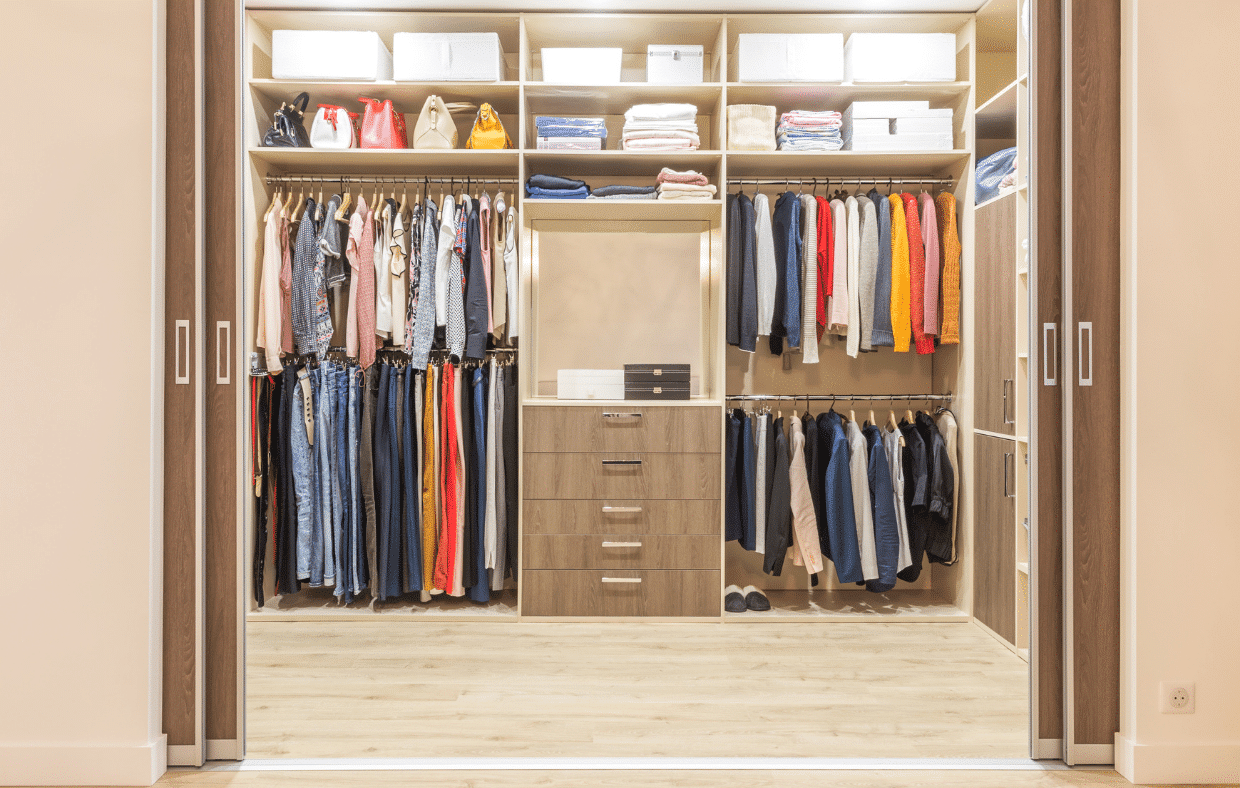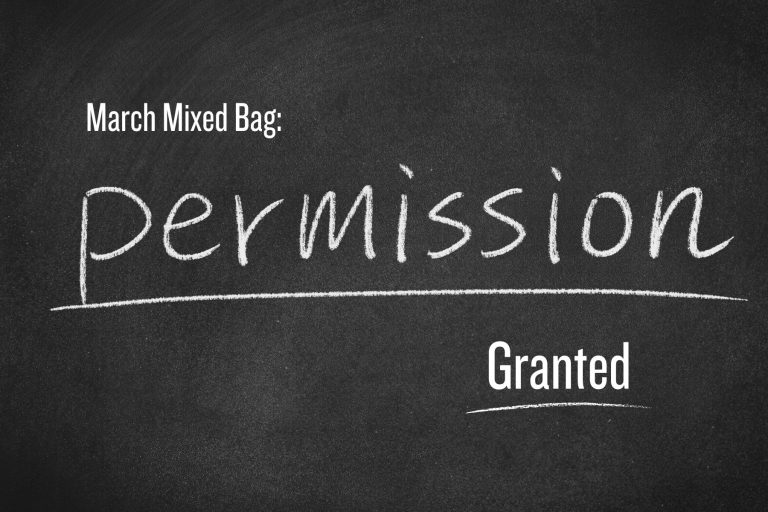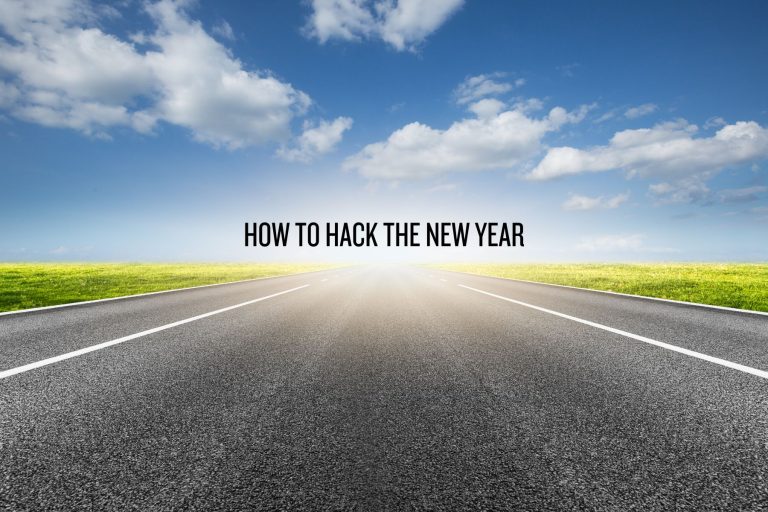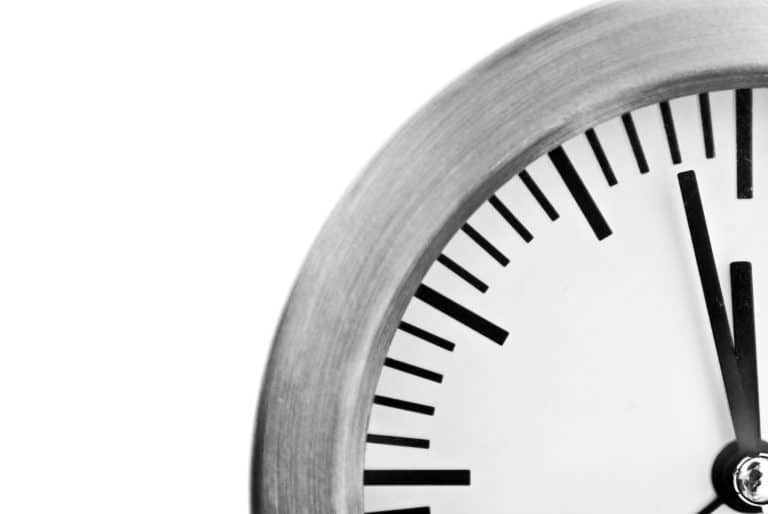Method For: Organized Habits
As an Amazon Associate and member of other affiliate programs, I earn from qualifying purchases.
If you read last week’s Method Mixed Bag you know I recently listened to Atomic Habits by James Clear and am now obsessed. This book hit me so hard I would literally stop and exclaim to myself while listening and walking Gus, who would look up at me as if to say ‘What, Mom? What is the big deal?’ The book is all about habits; how small habits can create big change, how to build successful habits, how to break bad habits and what your brain is doing as you perform habits. Clear’s framework mirrors how I approach many aspects of my life; fitness, eating, work and yes, organizing! My biggest epiphany: the guiding principles I use when organizing homes (including my own) are eerily similar to Clear’s 4 Laws of Behavior Change. Let me explain…
I am obsessed with this book
Clear’s 4 Laws of Behavior Change (i.e. Building Good Habits) are:
-
Make it Obvious: The process of behavior change always starts with awareness and every habit is initiated by a cue. Small changes in context can lead to large changes in behavior, one key thing is to make the cues of good habits obvious in your environment.
-
Make it Attractive: The more attractive an opportunity is the more likely it is to become habit-forming. Habits are a dopamine-driven feedback loop. When dopamine rises, so does our motivation to act
-
Make it Easy: Human behavior follows the law of least effort.We will naturally gravitate toward the option that requires the least amount of effort. Create an environment where doing the right thing is as easy as possible.
-
Make it Satisfying: We are more likely to repeat a behavior when the experience is satisfying. The first three laws increase the odds that a behavior will be performed one time. The 4th law increases the odds that a behavior will be repeated.
When you label things you use often you make them visible and obvious
Now, here are the four guiding principles I use for every organizing project I undertake:
-
Keep what you love and what you need, everything else goes
-
Make things you use often visible and accessible
-
Minimize Motion Waste
-
Use beautiful and functional storage where you need it
You see some similarities, yes? Especially the last 3 – allow me to super-impose:
-
Make things you use often visible and accessible (Make it Obvious)
-
Minimize Motion Waste (Make it Easy)
-
Use beautiful and functional storage where you need it (Make it Attractive)
Want to cook more? Organize your kitchen and make it an attractive place to be
What I’m actually trying to do for a client when I’m organizing their home is set them up for future success by doing the 3 things above. If I achieve my objective we’ve made it so satisfying to live in their space that they build new habits that keep it organized. Like I said before, this James Clear guy totally gets me.
Clear’s 4 Laws also reinforce the importance of my first principle: Keep what you love and what you need, everything else goes. I’m essentially saying you’ve got do to a purge first before we can design a system that is optimized for the way you live. Or said another way, you’ve got to do a purge first before we can Make it Satisfying.
Keep things close to where you use them so you make it easy and eliminate Motion Waste
I’m certain I’m not the only Professional Organizer that approaches projects in this way. Others may not have explicit guiding principles but their objective is likely the same, to prepare your home to be extremely livable and easy to maintain. I often say that having a Professional Organizer is like having a Personal Trainer for your home. I stand by that. Personal Trainers Work with you to build habits that strengthen your body. We work with you to build habits that beautify your home.
When your closet is organized and attractive it is immensely satisfying, people have been known to go in there just to hang out
See you next week when I go a little off-script and talk about how I’ve applied Atomic Habits in pursuit of a strong and healthy body. Like I said – this book applies on SO many levels!
Postscript: Method Seattle was featured in the Seattle Times At Home section this week, I think the article is great and the tips & strategies are applicable in every home! Check it out: Look Up: How to use your home’s vertical space in small, medium and big ways

